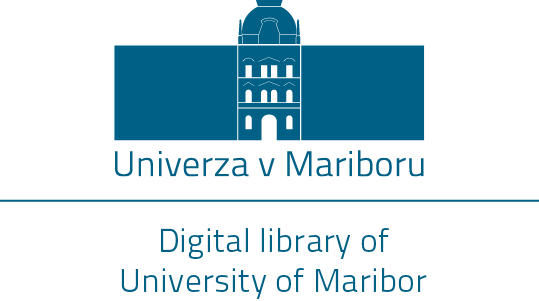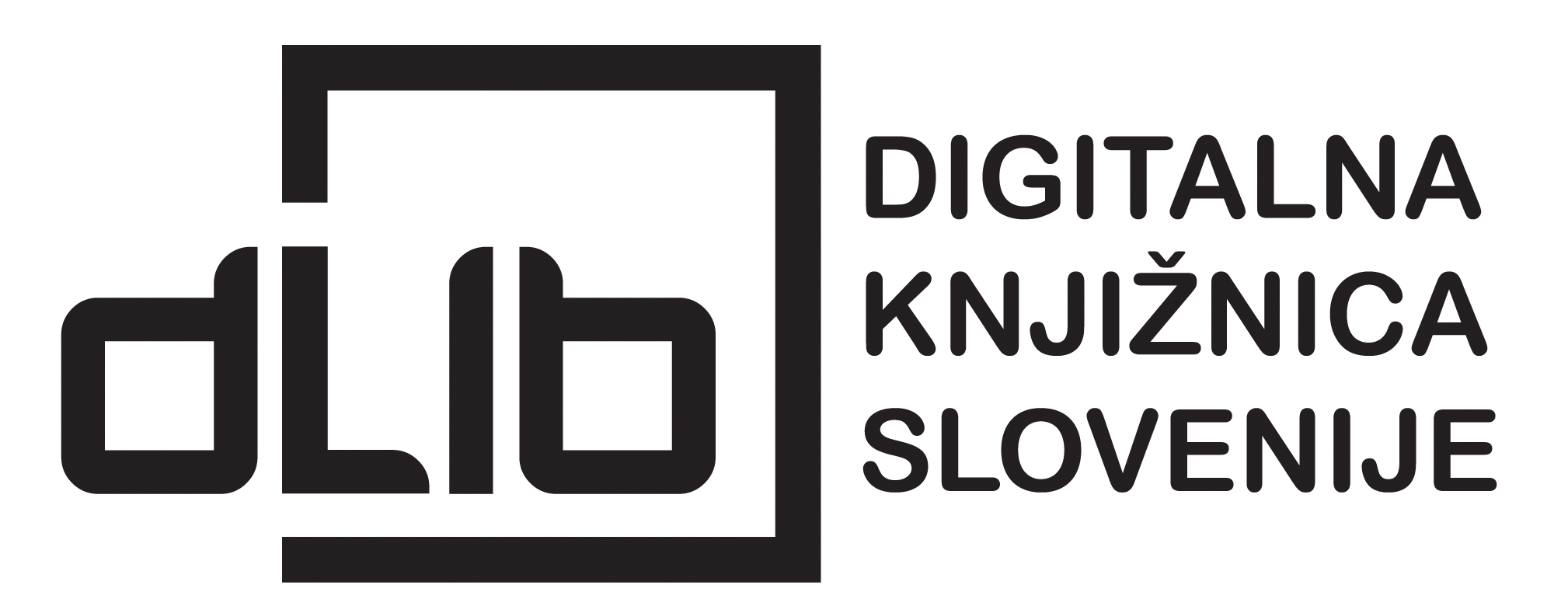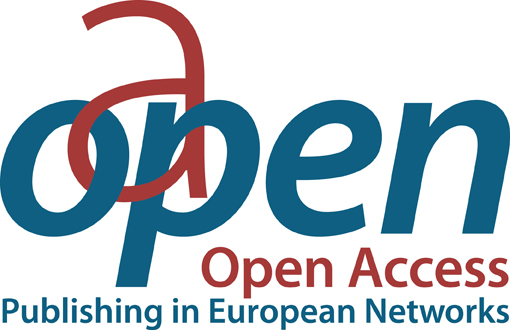Digital and Hybridization Business Models: Contribution to Sustainable Transition
Synopsis
The transformation of business activity has led to the evolution of business models in the creative industries. This paper explores the evolution of business models in the creative industries in the context of digital transformation and hybridization. By applying theoretical models such as concentric circles, value chains, and the cultural cycle, it examines how creative and cultural enterprises adapt to the digital economy. The research highlights the growing interdependence between digitalization and hybridization, emphasizing the emergence of diversified revenue streams and collaborative business strategies. The findings show that digital transformation not only redefines value creation and consumption in the creative industries but also contributes to the Sustainable Development Goals (SDGs), particularly Agenda 2030. The study emphasizes the importance of fair compensation models, inclusive platform access, and local monetization strategies to ensure equitable growth. It, also, underscores the creative industry's role as a transversal driver of sustainable development. This paper provides a conceptual framework to understand the shifting dynamics of the sector, offering practical implications for stakeholders and policymakers aiming to foster innovation and sustainability in the creative economy.
Downloads
Pages
Published
Categories
License

This work is licensed under a Creative Commons Attribution-ShareAlike 4.0 International License.






